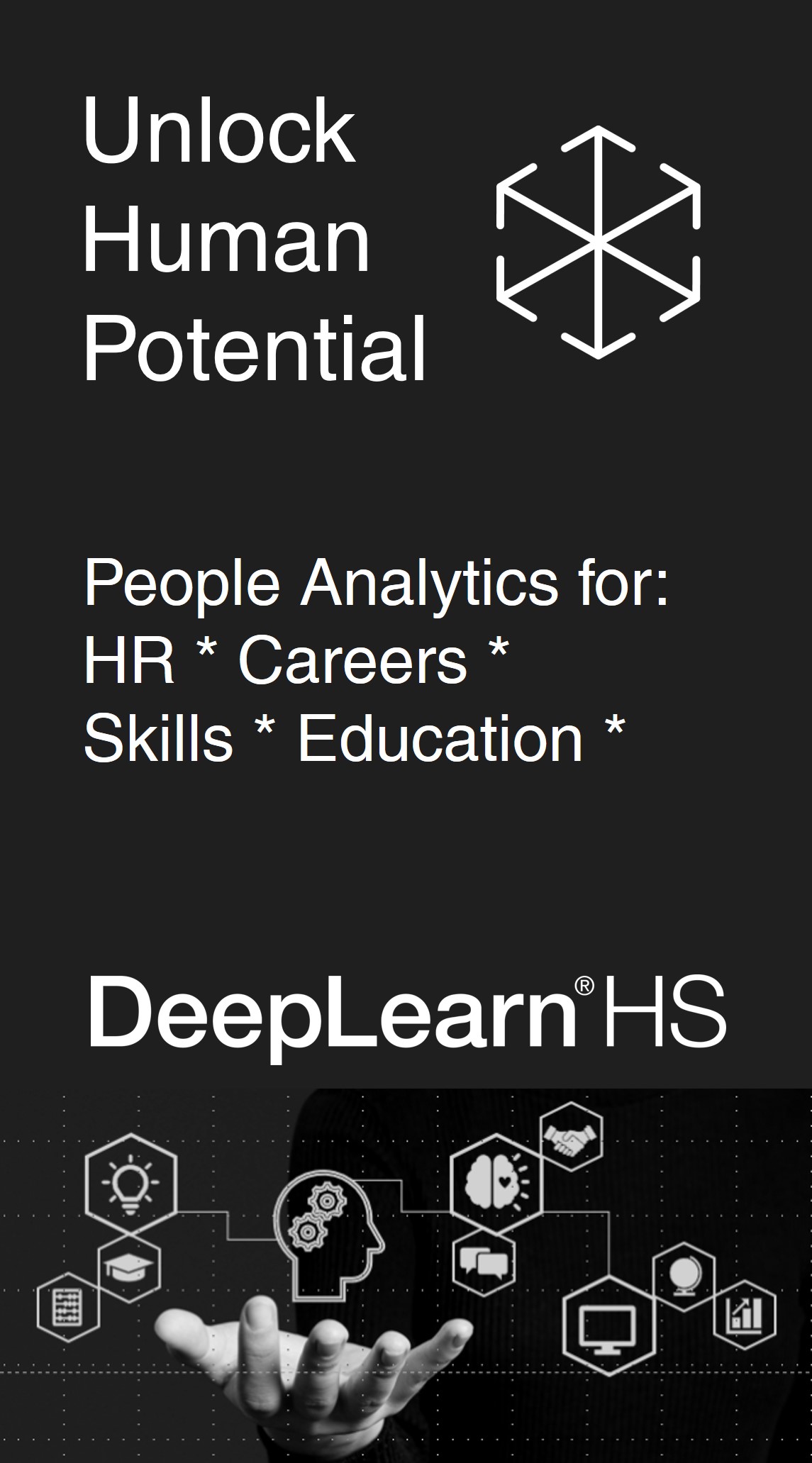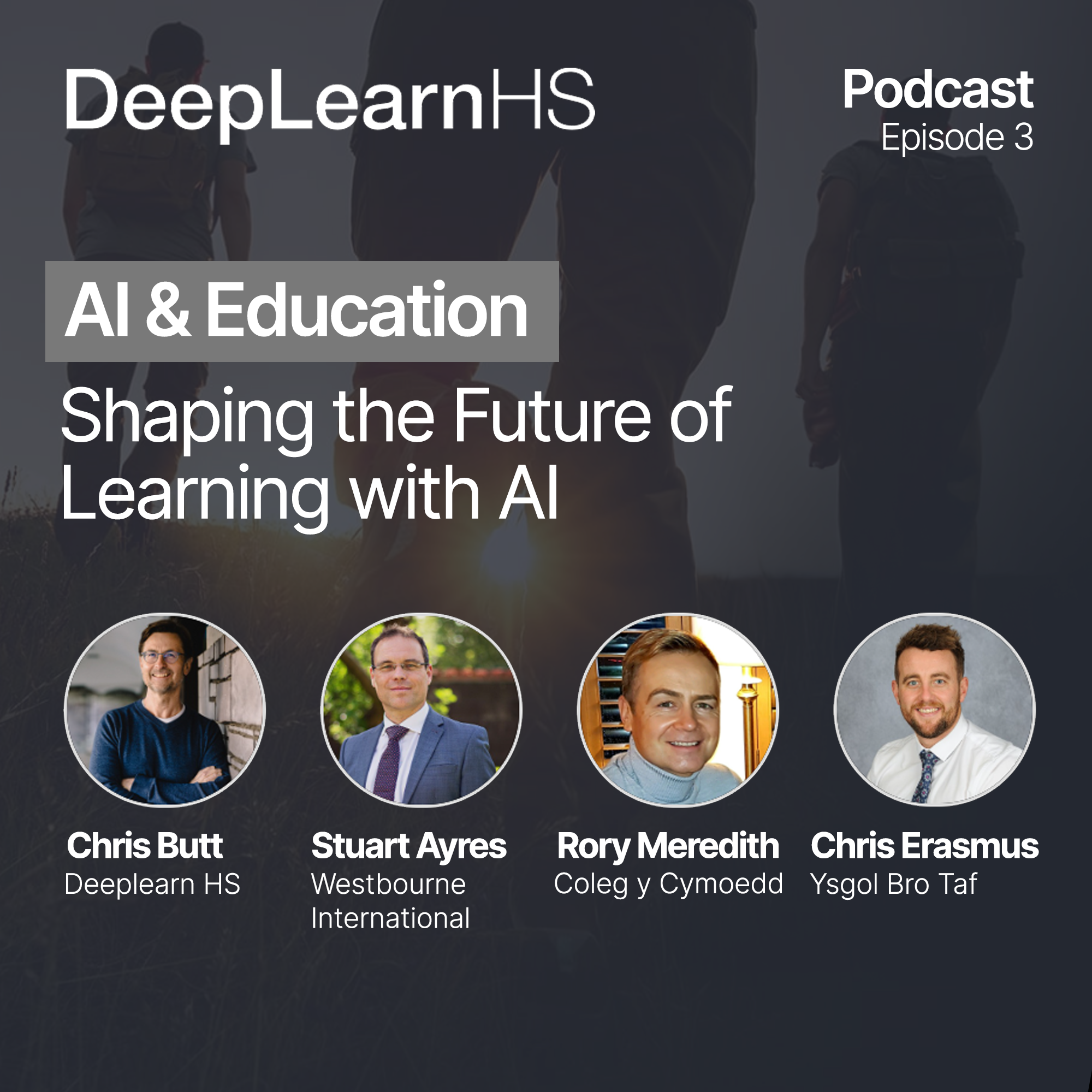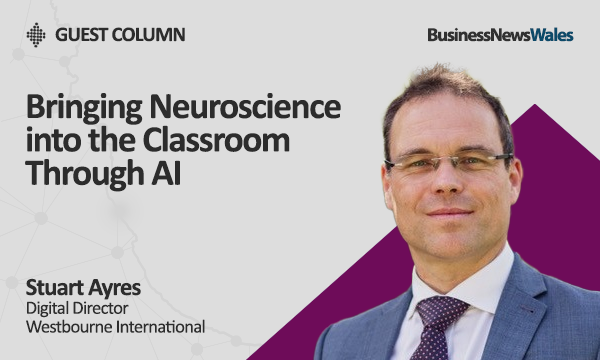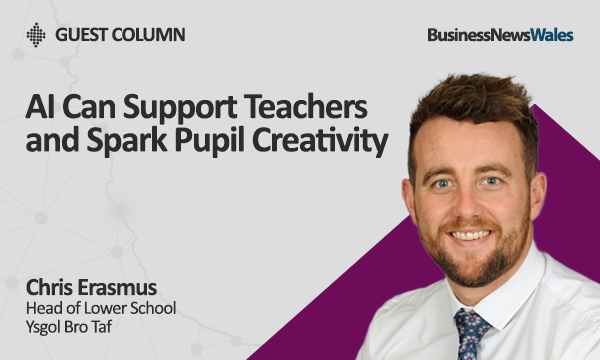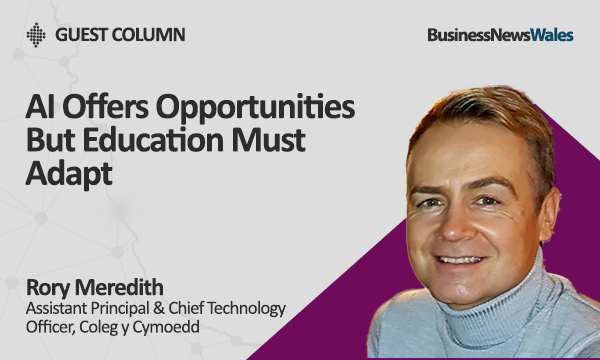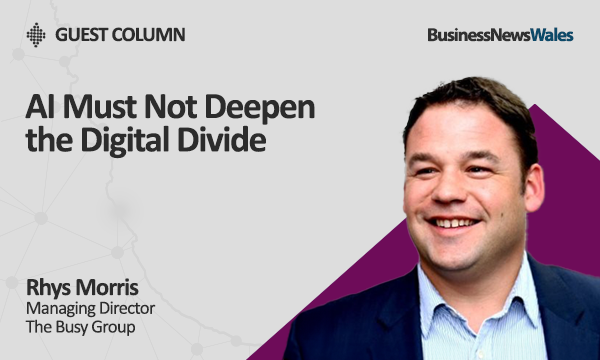
GUEST COLUMN:
Matt Smith
Managing Director
Aspire 2Be
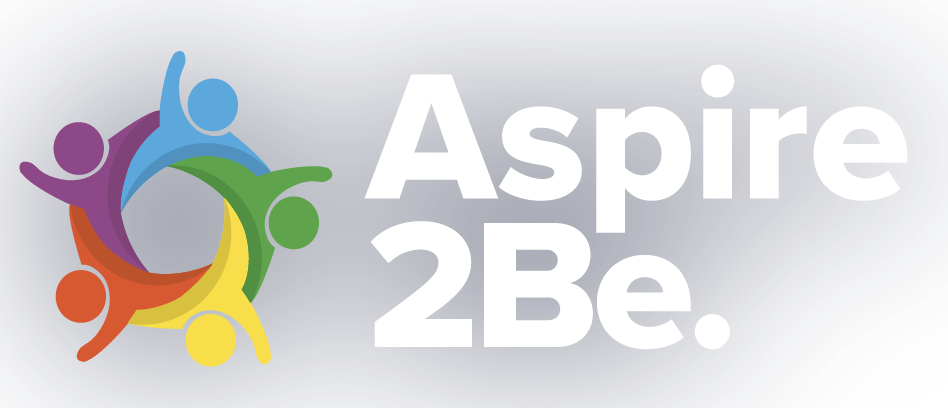
AI has taken centre stage in almost every conversation I’ve had recently about the future of skills. It’s everywhere, from conferences and education strategies to business planning sessions and government reports.
But as someone working in digital transformation and learning, I think it’s important to put AI in its proper context. It’s not the whole picture. It’s one part of a much wider digital literacy landscape that we can’t afford to ignore.
We talk a lot about the potential of AI to transform training, and there’s no doubt it has a role to play. Its real value lies in its ability to work at speed and scale, analysing data, identifying skills gaps and helping employers and providers shape more targeted interventions. That sort of support can improve training design, streamline planning, and help match individuals to the right content more quickly.
But it’s a tool, not a replacement for human-led learning or decision-making. For AI to be useful, we need to provide it with the right framework – clear parameters about the business context, the people involved, and the outcomes we want to see. Without that structure, it’s hard for AI to add real value. It can process and summarise, but it can’t interpret the subtleties or respond to the personal needs that often define effective learning.
That’s why I still see human-to-human interaction as a vital part of the skills journey. If you’re working with an employer to understand their needs – whether that’s productivity, digital adoption, or process efficiency – the starting point is always a conversation. AI can support that work, but it doesn’t lead it.
One area where I do see potential is in customising training offers. Once you understand the workforce, their needs, and the wider business goals, you can use AI to help develop a more personalised offer. Tools like Microsoft Copilot are a good example – widely available, often underused, and able to automate tasks that save time and drive efficiency. But again, it’s only valuable when there’s a clear strategy behind it.
We also need to be realistic about where AI fits within the wider digital skills picture. At Aspire 2Be, we work with organisations of all sizes to deliver skills programmes across a wide range of areas, from cloud computing and cyber security to digital productivity tools. The reality is that, for many businesses and individuals, the biggest need right now is still in basic digital literacy. That includes getting more from the tools they already have, understanding cyber safety, and knowing how to navigate new platforms. These are essential building blocks for AI readiness, but too often they’re overlooked.
That’s why I worry when the focus shifts entirely to AI. If we don’t maintain a balanced view, we risk widening the digital divide even further. The truth is that AI literacy means nothing without digital literacy. You can’t make informed decisions about AI tools or how to use them if you don’t first understand the fundamentals.
We’ve got a strong foundation in Wales, especially through the digital competence framework in our schools. But there’s more we can do – and more we should do – to prepare learners and workers for the reality of a digital-first world. That includes thinking about how we build awareness of AI, but also how we avoid letting it dominate at the expense of other vital skills.
Continuous learning remains crucial. That’s not a new message, but it’s becoming more urgent. The pace of change varies by sector, but in many areas it’s accelerating fast. For organisations, that means planning for upskilling as a core part of strategy, not just a one-off exercise. For individuals, it means being ready to revisit learning throughout their careers.
There are promising developments in immersive learning too, with augmented and virtual reality tools offering new ways to engage people in training. AI can support those environments, making them more responsive or adaptive. But again, they’re only effective when integrated into a broader, human-led learning strategy.
I’m not sceptical about AI – quite the opposite. I think it will continue to shape the skills landscape in new and interesting ways. But I also think it’s important that we don’t lose sight of the broader challenge. AI doesn’t replace the need for digital skills. It adds to it. And if we’re serious about building a future-ready workforce, we need to ensure that digital literacy – in all its forms – is prioritised across both education and employment.
Listen to Matt discuss this and more in episode two of the DeeplearnHS podcast series, AI-Driven Skills Development, Upskilling, and Workforce Adaptation, HERE



